.png)
August 20, 2025
Nostalgia, Mother Mother’s latest album, is one of those rare creations. It invites us into a world where lightness isn’t escapism—it’s a form of resistance, a beacon of hope, and a path forward....
Read more
August 19, 2025
When Anna of the North released “Lovers” in 2017, it was already a dreamy synth-pop gem, filled with wistful vocals and lush production that captured the ache of young romance. But it wasn’t until...
Read more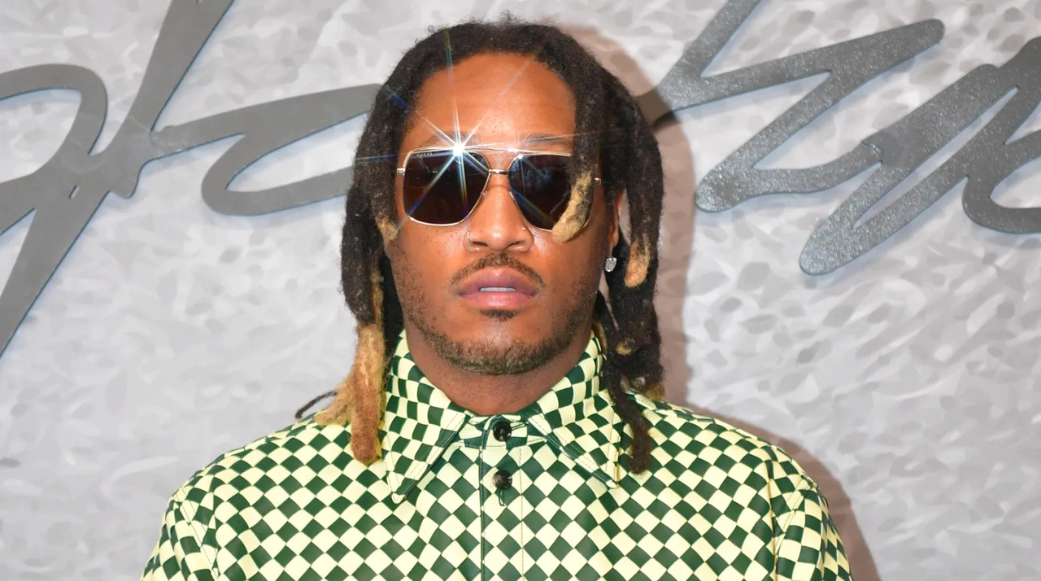
August 19, 2025
“Let Me Know” ft. Future started out as a moody, late-night playlist type of track, the kind you blast in your car pretending you’re in a music video while stuck in traffic. But now? It’s become...
Read more
August 19, 2025
“Your Idol” stands out in Kpop Demon Hunters not just as a catchy track, but as one of the most self-aware songs in the whole project. At first listen, it has all the hallmarks of a classic K-pop...
Read more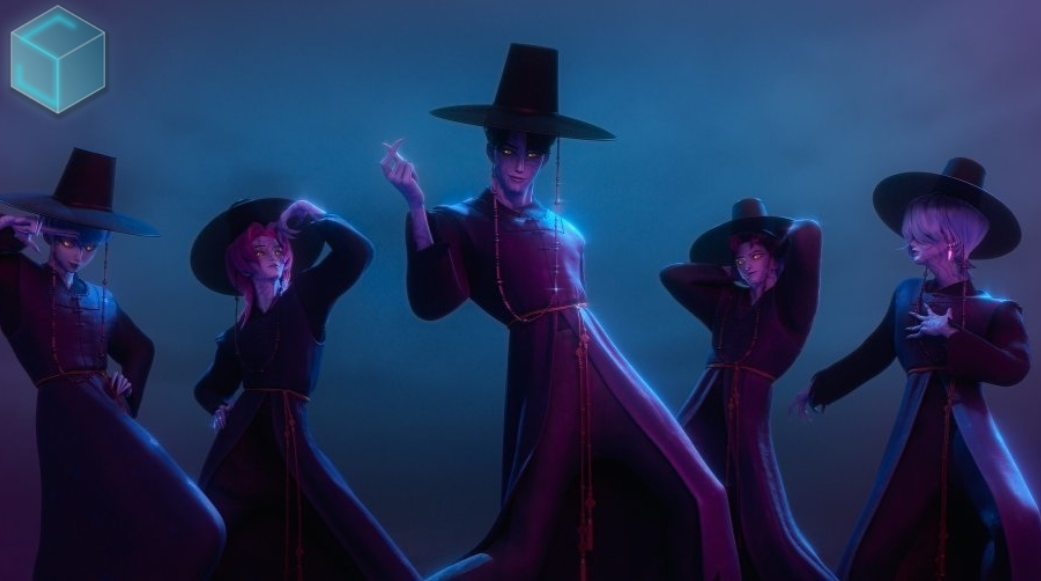
August 19, 2025
If you’ve scrolled TikTok, Insta, or literally any corner of the internet in the past few weeks, you’ve probably heard it: the fizzy, feel-good bop known as “Soda Pop” by the Saja Boys. Straight...
Read more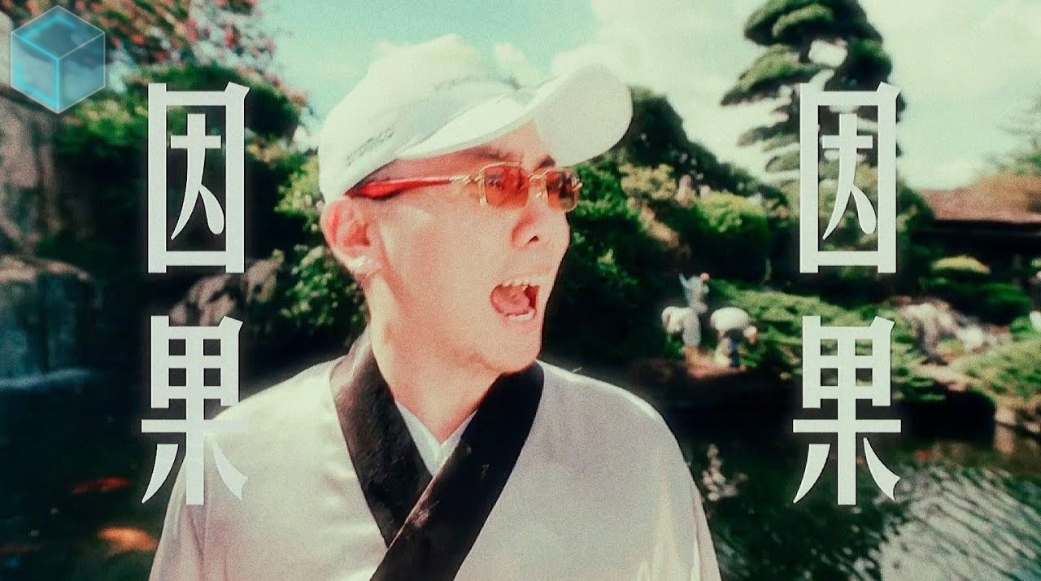
August 19, 2025
Skai Is Yourgod didn’t just drop a song, he dropped a cultural grenade. His track “Stacks From All Sides” has taken TikTok by storm, and the secret sauce? A cheeky little sample from Beetle on...
Read more
August 19, 2025
After 70 weeks at No. 1 with “Too Sweet,” Hozier’s reign on Billboard’s Hot Rock Songs chart comes to an end as newcomer Sombr takes over with...
Read more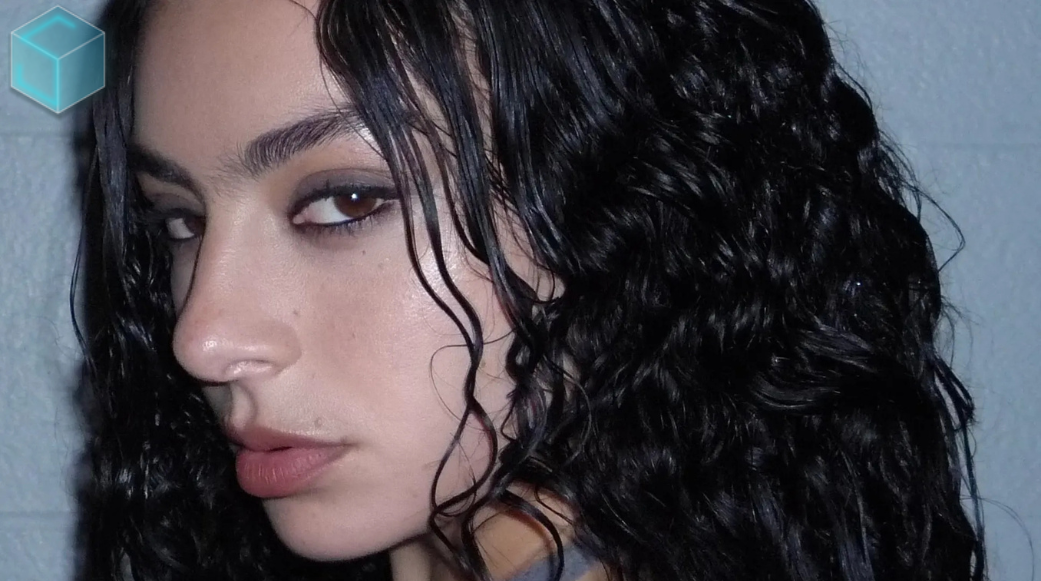
August 19, 2025
Charli XCX brought her groundbreaking Brat era to a poignant close Friday night during an electrifying performance at South Korea's One Universe Festival. The pop innovator marked the final...
Read more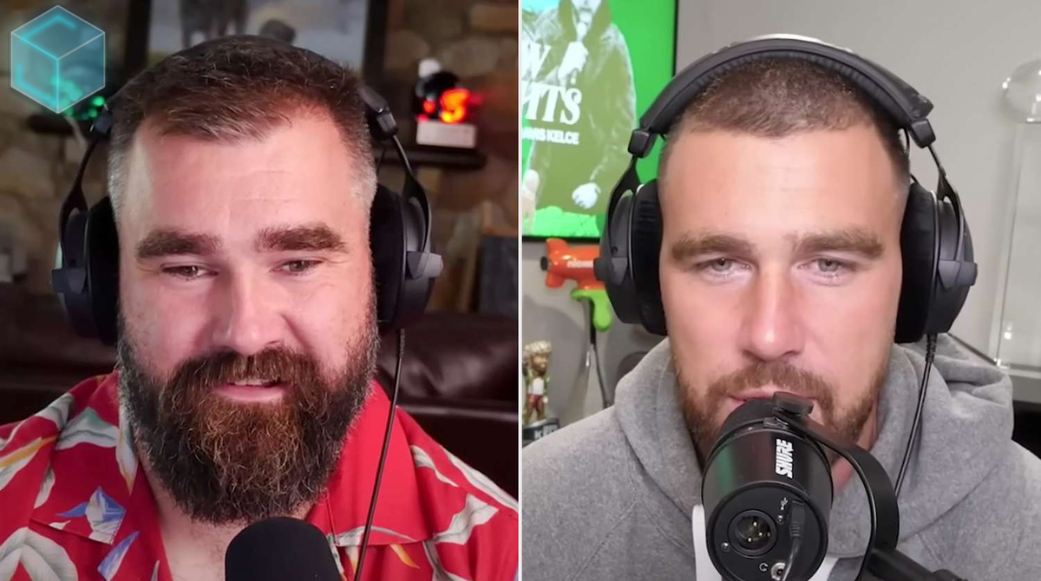
August 19, 2025
Taylor Swift’s appearance on Travis and Jason Kelce’s New Heights podcast drew 1.3M live viewers, breaking YouTube records and sparking buzz with details about her new album The Life of a...
Read more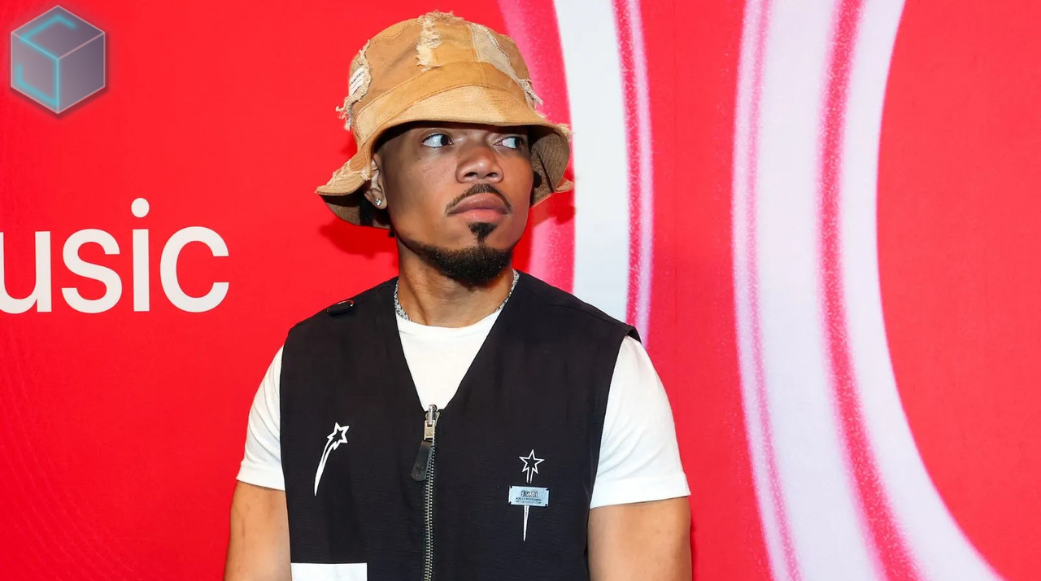
August 19, 2025
After a six-year silence, Chance the Rapper is officially back. On August 15, 2025, he will drop his sophomore album, Star Line, marking a new chapter filled with growth, travel, and creative...
Read more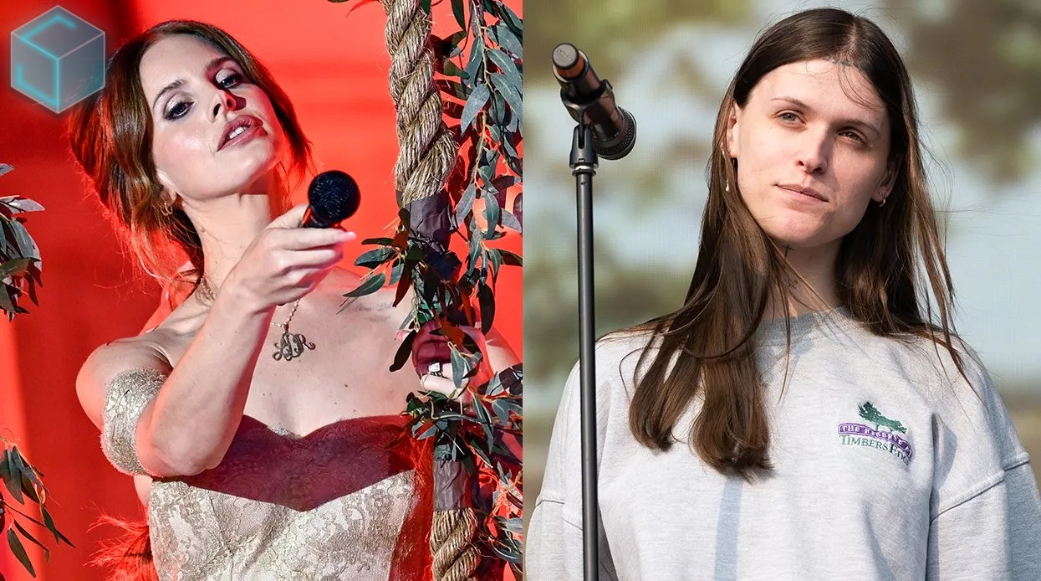
August 19, 2025
Lana Del Rey’s new song takes aim at Ethel Cain, referencing an alleged personal rift involving Instagram posts, a mutual ex, and behind-the-scenes remarks...
Read more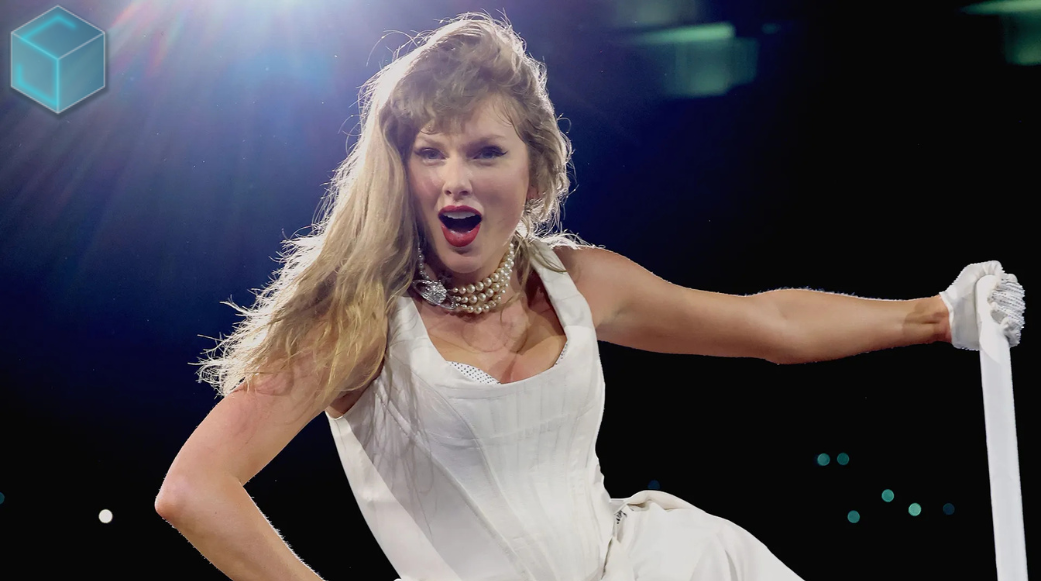
August 15, 2025
The music industry collectively lost its composure when Taylor Swift announced her twelfth studio album The Life of a Showgirl, with everyone from Sabrina Carpenter to Caitlin Clark publicly...
Read more
Pop and club music used to be the anthems of good times. From the infectious beats of the late '90s and early 2000s to the party-ready hits that defined the early 2010s, these genres once encapsulated the joy of dancing, the excitement of nightlife, and the simple pleasures of letting loose. However, in recent years, there's been a noticeable shift in the musical landscape, and it's not necessarily for the better.
One of the main issues plaguing modern club music is its repetitiveness. Anyone who has spent time in clubs recently will attest to hearing the same handful of songs on a loop, night after night. What was once a soundtrack to a great night out has turned into an almost torturous experience, with the same tracks being played ad nauseam. Take Justin Bieber's "Sorry" for instance. While it's great that Bieber has matured and evolved as an artist, there's no reason for a song like "Sorry" to be played multiple times in a single night. The same can be said for Kanye West's "Stronger" and "Ni**as In Paris." These tracks, while undoubtedly influential and popular, have been overplayed to the point where their impact is diminished. Hearing them on repeat doesn't evoke excitement anymore; it breeds fatigue.
Another glaring problem is the sheer blandness and generic quality of many hits that dominate club playlists today. Songs that start with an auto-tuned insert of the artist's name act as painful reminders of exactly who you're being forced to listen to, often setting the stage for a forgettable experience. These tracks lack the creativity and originality that once made club music so dynamic and engaging. Instead, they blend into a homogeneous mix of uninspired beats and shallow lyrics.
The infiltration of alternative and indie music into club settings presents a curious case. While some patrons cheer in adulation, recognizing their favorite bands like Arctic Monkeys or The Strokes, others take this as an opportune moment to refill their drinks, waiting for the next mainstream hit. This division only highlights the disconnection between what clubs are playing and what their audiences truly desire. Even attempts to diversify the playlist can backfire, leaving half the crowd disengaged.
It's impossible to ignore the influence of grime and its reception in club environments. Criticizing grime can often make one sound out of touch with youth culture, yet it's hard not to find the scene of football lads screaming the few lines of Skepta's "Shutdown" they know both amusing and somewhat sad. It’s reminiscent of high school parties where everyone belted out "Mr. Brightside" in a circle, each trying to outdo the other in vocal prowess. This nostalgic callback, while fun, underscores the lack of fresh, impactful music in the current club scene.
In essence, the rise of sad music has not only shifted the tone of what we listen to but has also highlighted the deficiencies in pop and club music today. The repetition, generic nature, and disconnect between the music and its audience have turned what was once a vibrant and exciting genre into something that many now view with a mix of boredom and frustration. It’s a reminder that music, much like any other form of art, needs to evolve and stay in tune with the emotions and desires of its listeners to remain relevant and enjoyable.